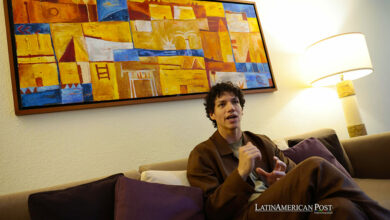Woman hold the future of Latin America

Listen this article
Thanks to greater access to opportunities, society is evolving

In 1990, only 33.61% of Latin American woman were part of the workforce. By 2014, their participation increased to 41.26%, which gravitates around the average levels of the Organization for Economic Co-operation and Development members at 43.85%, according to the World Bank. At the same time, the United Nations declared that in 1990 only 22% of heads of households were a woman; in 2008, it raised to 31%.
Studies released by the United Nation revealed that the woman’s job market in Latin America is mainly relegated to the informal sector; 54% of all woman in the region work in this economic division while only 48% of males do. The wage gap seems to also be an issue. These individuals receive 60% to 90% less pay then their male counterparts in diverse economic segments.
To determine a tendency regarding woman’s role in the workforce, The Center for American Progress, together with A Woman’s Nation and the Rockefeller Foundation, conducted a study by surveying 3413 adults and concluded that Latino men and woman welcome the increased participation of woman in business and public life. This is due to the fact that Latin America is facing times of change as new sources of growth are desperately needed. This implies that the product and service market must expand aggressively.
The main reason for woman’s rise in the job market was documented by the Inter-American Development Bank, who took notice that Latino individuals born between 1940 and 1980 are delaying marriage and woman are trading traditional home labor for professional careers. This phenomenon becomes extensive as laws across Latin America and the Caribbean now favor equal rights and has made possible for more people –specially under difficult economic conditions- to access higher levels of education through sponsorship and credit. In 1991, 17% of the youths attended college while in 2010, the new percentage increased to 40%.
The International Monetary Fund announced four main policy recommendations: first, to keep strengthening woman’s legal rights, property rights, and laws protecting from discrimination. Second, to implement early childhood education and childcare services. Third, to promote girl’s education and put in place educational job training policies to motivate individuals to obtain higher education. Lastly, the improvement of infrastructure, especially with regards to urban transportation.
Latin Americans must unite towards the common goal of a brighter future, and even if things are showing signals of improvement, it is a requirement to be open to new trends and support the maximization of the economic entities.
Latin American Post | David Eduardo Rodríguez
Copy edited by Susana Cicchetto





